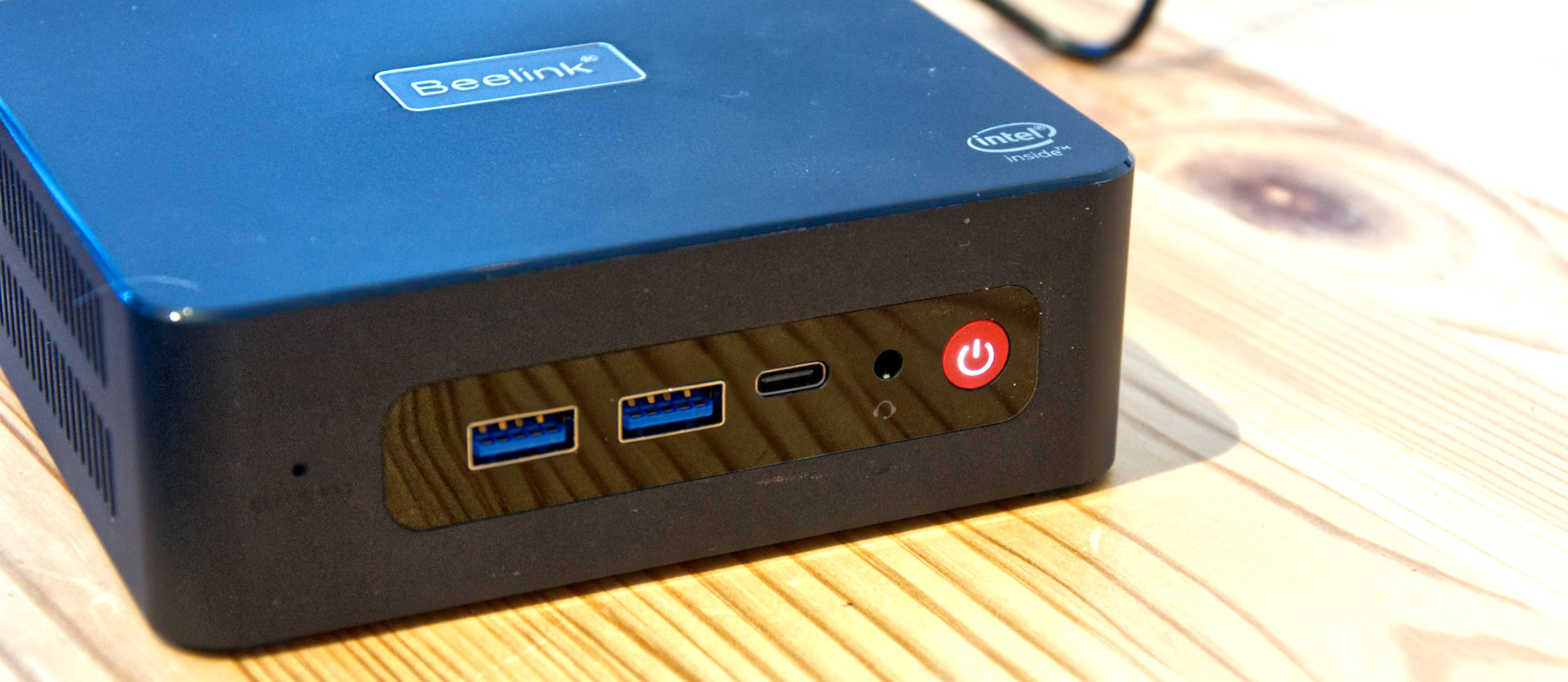TechRadar Verdict
At the low asking price, the U59 is a complete no-brainer for anyone wanting to create a Firewall or embedded presentation system. And, with 16GB of RAM, it’s also useable for basic PC tasks.
Pros
- +
Super small size
- +
VESA mount included
- +
Upgradable storage and RAM
- +
Very affordable
Cons
- -
M.2 slot is only SATA
- -
USB ports are all 5Gbps
Why you can trust TechRadar
Beelink is a Chinese PC maker founded in 2011 that came to broader prominence around six years ago with one of the best mini PC product ranges.
It’s since expanded its products to include Google TV hardware, and it utilizes both AMD and Intel platforms in its machines.
Today we’ll be looking at the U59, a remarkably inexpensive mini-PC that has lots of potential both as a first-rung PC but also as an embedded solution.
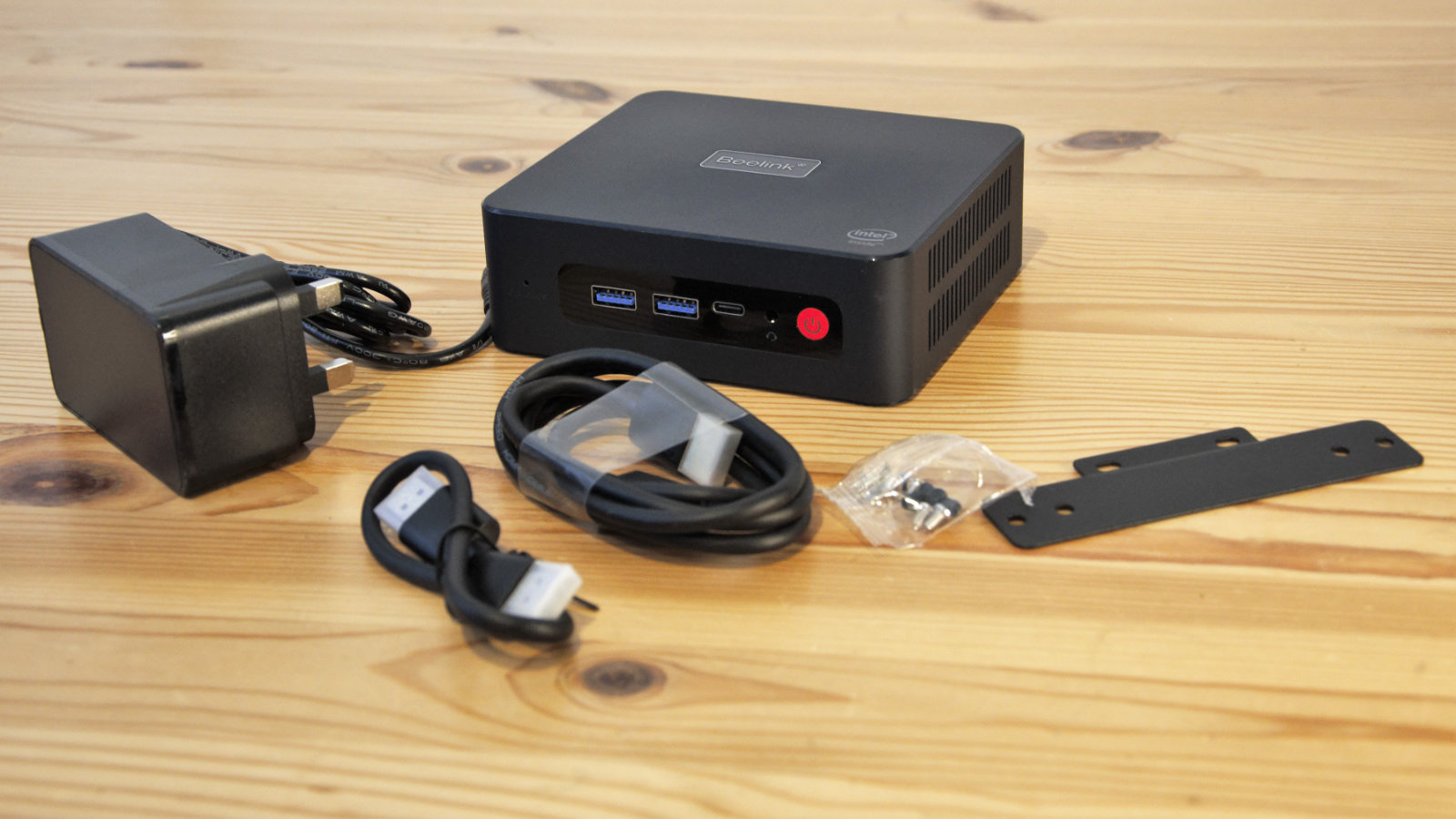
Price and availability
The Beelink U59 comes in two SKUs, one with 8GB of RAM and another with 16GB. Available directly from the brand in a sale, the 8GB costs only £149, whereas the 16GB model is just £169. It is also available on Amazon.co.uk, but the price is £259.95 for the 16GB option.
US customers will find it on Amazon for $203.15 for the 8GB machine.
Both memory options typically come with 512GB of SSD storage, a PSU, two HDMI cables and a small VESA mounting bracket. But some resellers are also selling a machine with 256GB of storage.
As mini PCs go, this pricing makes the U59 look like a bargain if you are willing to hunt for the best price.
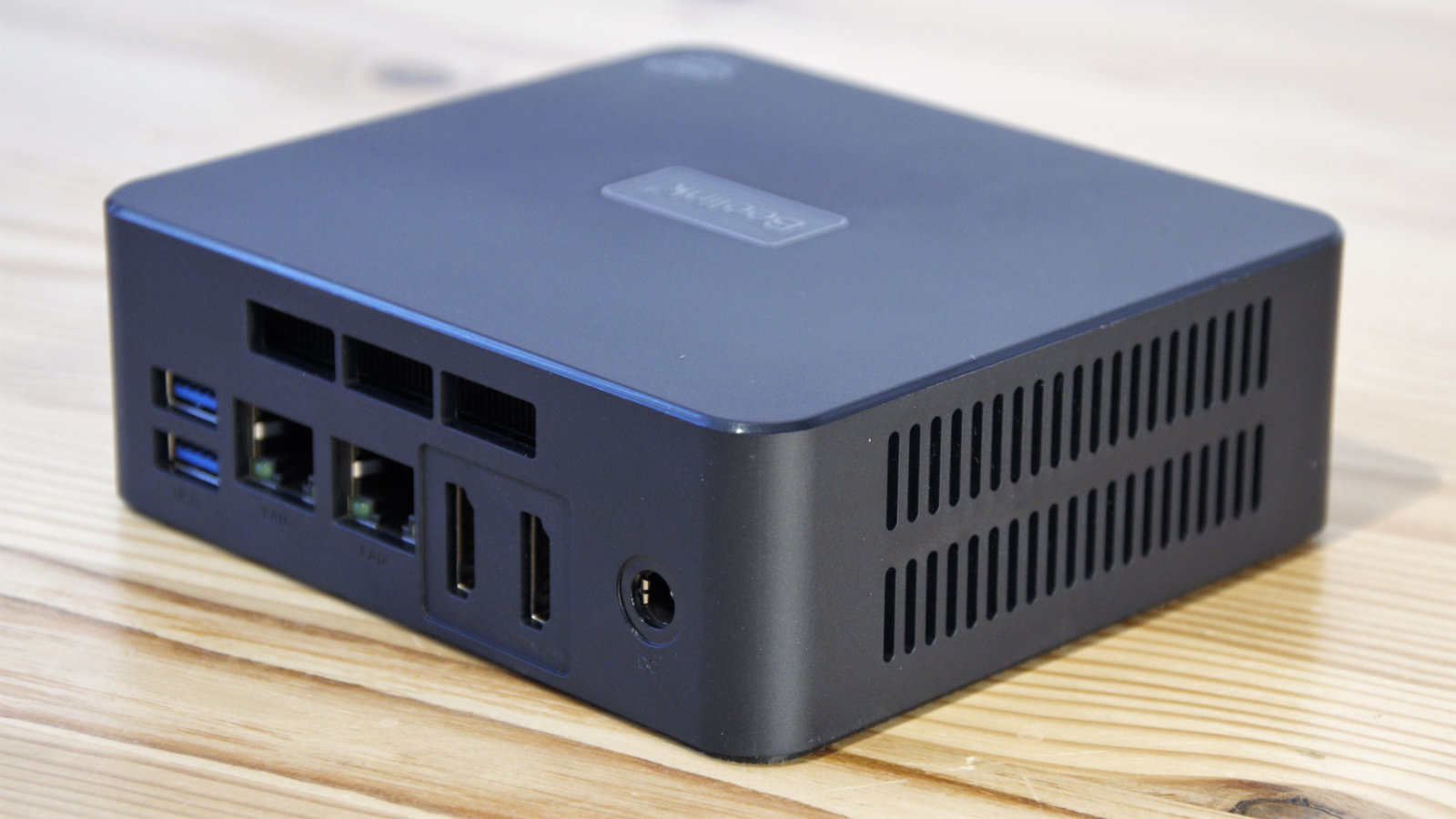
Design
The advent of the Intel NUC computers created a general specification for small systems that PC makers are happy to follow, even if they’re not using Intel silicon.
The Beelink U59 follows the NUC guidelines closely, being a tiny box measuring just 112m square and 41mm high. Inside this cute plastic enclosure, the engineers managed to squeeze a complete Intel Celeron PC with a 2280 M.2 slot and socketed memory.
As mini-PC designs go, the objective of the Beelink designers appears to have been to keep things simple. The front has three USB ports, including one USB-C and the power button, whereas the rear has more USB-A ports, dual HDMI and Ethernet LAN ports.
Those multiple port options hint at some potential uses for the U59, and with the USB-C port on the front, it is possible to drive three monitors using this hardware.
The only feature that some will miss is that there is no SD or Micro SD card reader in this design, although with five USB ports adding an external reader isn’t a huge problem.
A small metal bracket is included that is designed to connect to the VESA mounts on the rear of a monitor, turning the U59 into an all-in-one system of sorts. To help with keeping this style of deployment tidy, a very short HDMI cable is included.
What might put some off is the mostly plastic construction, but the U59 appears to have a good feature set that might appeal to many different customers.
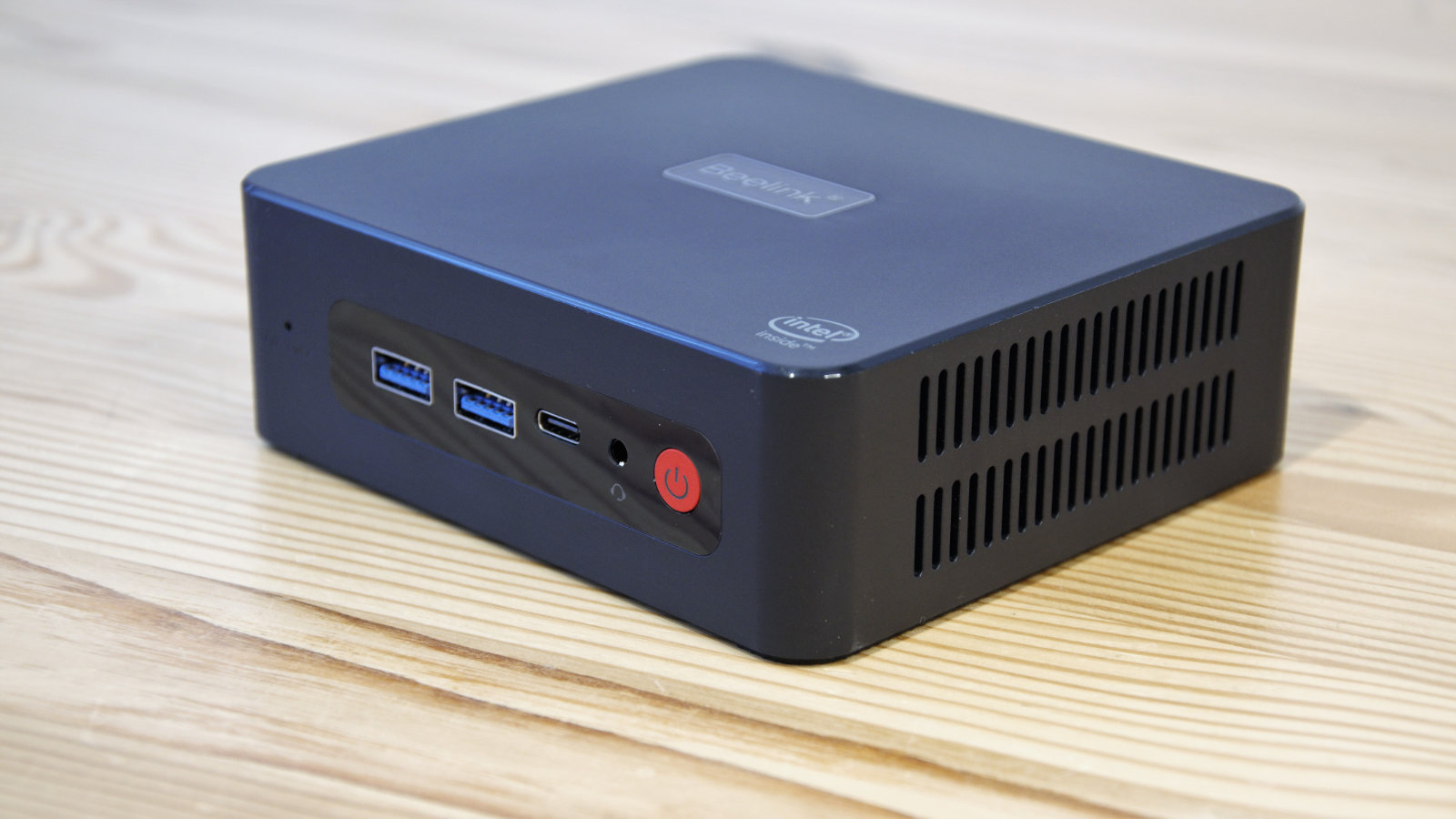
Hardware
Here is the Beelink U59 configuration sent to TechRadar for review:
CPU: Intel Celeron Processor N5105 (4C/4T, 4M Cache, 2.0GHz up to 2.9GHz)
Graphics: Intel UHD Graphics
RAM: 16GB (2*8G)DDR4 RAM
Storage: M.2 2280 512GB SATA SSD
Ports: 1x USB 3.1 Gen 1 USB-C, 4x USB3.1 Gen 1 Type-A, 2x HDMI 1.4, 1 x universal audio jack
Connectivity: Intel WiFi 6E, 2x Gigabit LAN adapter, Bluetooth v5.2
Size: 112 x 112 x 41 mm (W x D x H)
OS installed: Licensed Windows 11 Pro Pre-installed Without any bloatware, Supports Windows 10.
Accessories: Wall-Mounted bracket, Adapter12V/3A, HDMI cables
We’ve seen several systems sporting the new Elkhart Lake cored Celeron N6211 recently, but Beelink went with the tried-and-trusted Celeron N5105. That is a four-core and four-thread capable processor from the Jasper Lake era launched in early 2021.
It has a base frequency of 2GHz, but can turbo boost a single core to 2.7GHz for enhanced single thread performance.
The maximum amount of RAM that this platform supports is 16GB, and it comes with embedded Intel UHD Graphics with a base clock of 450MHz and a burst frequency of 800MHz. The top supported screen resolution is 4096 x 2160 at 60Hz, and it can support multiple displays for mirroring or an expanded desktop.
The power consumption of this chip has a maximum TPD of only 10W, colouring our expectations of what performance can realistically be expected.
That said, Beelink at least gave the U59 a fighting chance by installing an SSD, and not the dire eMMC devices that make physical hard drives look speedy.
Admittedly this is a SATA SSD, not NVMe, but it performs significantly better than spinning discs or an eMMC drive, so be thankful for that.
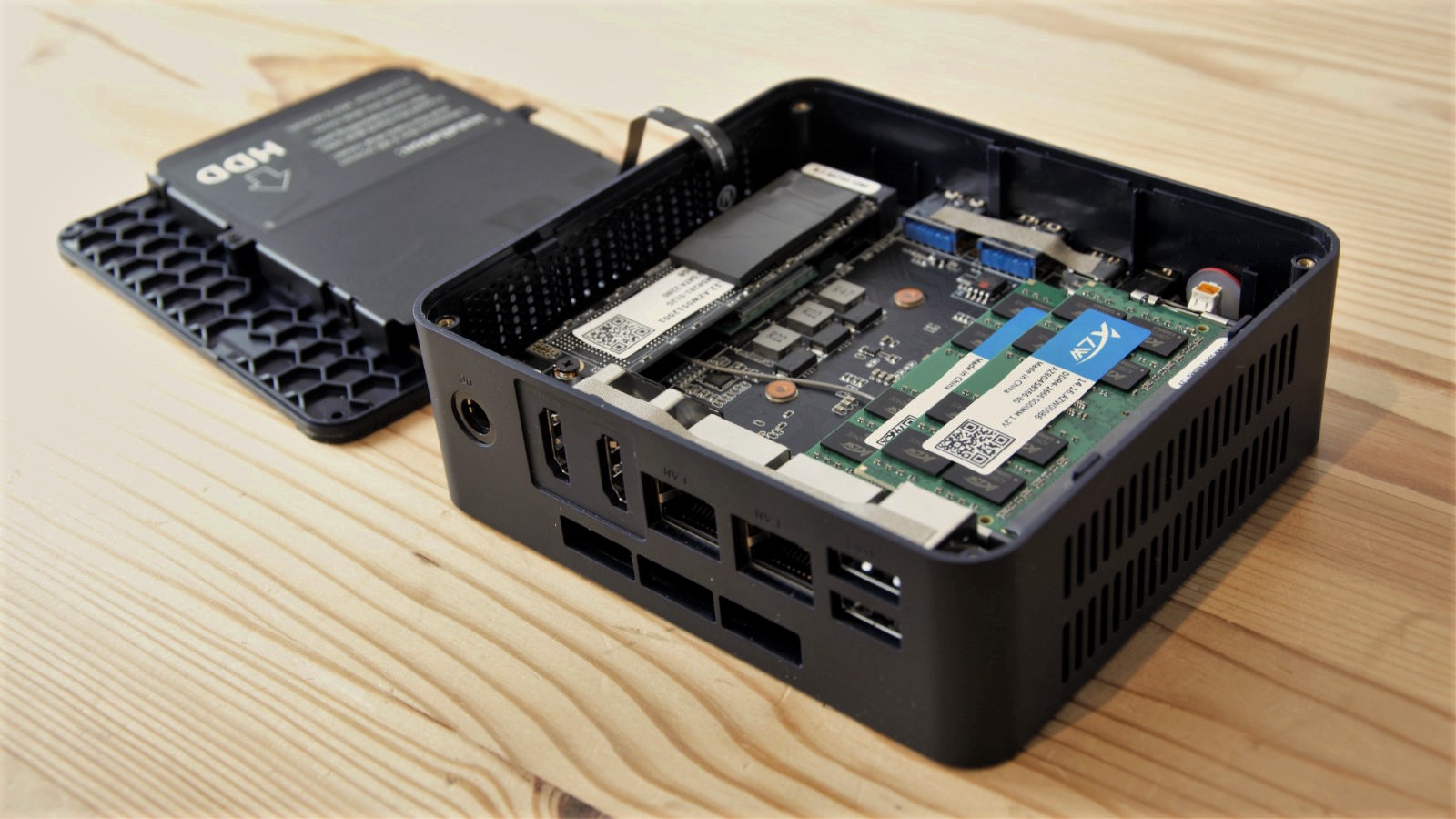
Access to the inside requires the removal of four screws on the underside, and once this panel is removed, the owner can get to the M.2 drive and RAM.
The machine comes with a 512GB M.2 OEM SATA drive, but it would be possible to upgrade this to 1TB or even 2TB. But the U59 also has the option for a 2.5-inch drive in a bay mounted under the floor, and any conventional hard drive or SATA SSD could occupy this slot.
That specific feature opens the possibility of using the U59 as a small media server, as conventional drives of up to 5TB are possible in this form factor.
The RAM limit is 16GB in two 8GB modules, precisely what was in the review hardware, but for those that buy the 8GB model, an upgrade path exists.
Overall, the expandability of the machine is better than most mini-PCs, and certainly better than many laptops.
- 1
- 2
Current page: Introduction, price, design and hardware
Next Page In use, performance and verdictMark is an expert on 3D printers, drones and phones. He also covers storage, including SSDs, NAS drives and portable hard drives. He started writing in 1986 and has contributed to MicroMart, PC Format, 3D World, among others.
